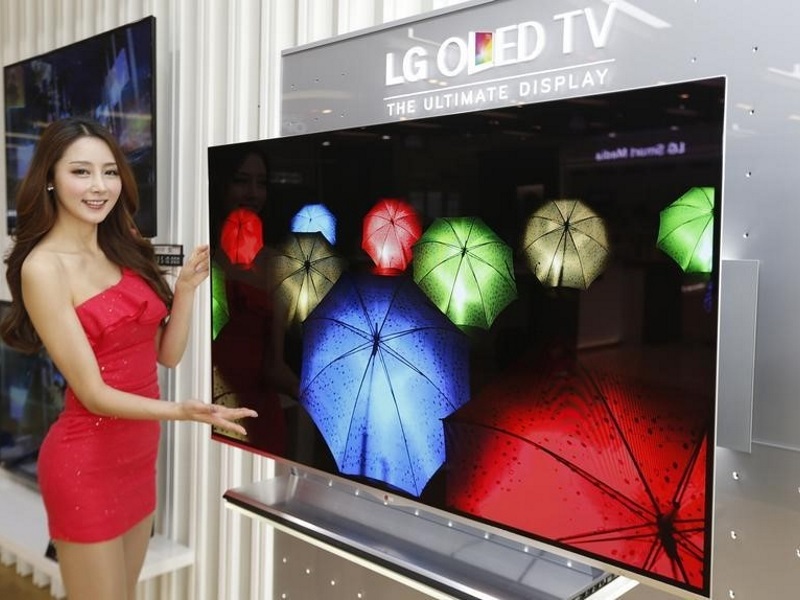- Home
- Mobiles
- Mobiles News
- LG Display to Invest $8.7 Billion in New Oled Plant in South Korea
LG Display to Invest $8.7 Billion in New Oled Plant in South Korea

Total investment in the plant, to be built in Paju near the border with North Korea, is expected to top KRW 10 trillion (roughly Rs. 58,036 crores), the company said.
Expenditure in the first stage has been set at KRW 1.84 trillion, with production scheduled to begin in the first half of 2018.
LG Display CEO Han Sang-Beom hailed what he called an "historical investment" that would make the plant the "centre of the global Oled industry."
Oled screens deliver a more vivid picture quality, consume less electricity and promise wider profit margins than the liquid crystal display (LCD) in common use.
LG Display is currently the world's largest LCD panel producer but has been signalling a major shift to the more advanced Oled technology for some time.
Citing market research firm IHS, the company said the global Oled panel market was forecast to grow to $29.1 billion (roughly Rs. 1,93,900 crores) in 2022 from $8.7 billion last year.
Much of the growth could be fuelled by reports that Apple plans to adopt Oled screens on its iPhone from 2018.
Apple is LG Display's biggest customer, accounting for about 25 percent of sales.
South Korean rival Samsung Display Co. currently dominates the market for smartphone Oleds, mainly supplying the ultra-thin screens to parent Samsung Electronics Co. and to Chinese smartphone makers.
Get your daily dose of tech news, reviews, and insights, in under 80 characters on Gadgets 360 Turbo. Connect with fellow tech lovers on our Forum. Follow us on X, Facebook, WhatsApp, Threads and Google News for instant updates. Catch all the action on our YouTube channel.
Related Stories
- Samsung Galaxy Unpacked 2025
- ChatGPT
- Redmi Note 14 Pro+
- iPhone 16
- Apple Vision Pro
- Oneplus 12
- OnePlus Nord CE 3 Lite 5G
- iPhone 13
- Xiaomi 14 Pro
- Oppo Find N3
- Tecno Spark Go (2023)
- Realme V30
- Best Phones Under 25000
- Samsung Galaxy S24 Series
- Cryptocurrency
- iQoo 12
- Samsung Galaxy S24 Ultra
- Giottus
- Samsung Galaxy Z Flip 5
- Apple 'Scary Fast'
- Housefull 5
- GoPro Hero 12 Black Review
- Invincible Season 2
- JioGlass
- HD Ready TV
- Laptop Under 50000
- Smartwatch Under 10000
- Latest Mobile Phones
- Compare Phones
- Huawei Nova 15
- Huawei Nova 15 Pro
- Huawei Nova 15 Ultra
- OnePlus 15R
- Realme Narzo 90x 5G
- Realme Narzo 90 5G
- Vivo S50 Pro Mini
- Vivo S50
- Asus ProArt P16
- MacBook Pro 14-inch (M5, 2025)
- OPPO Pad Air 5
- Huawei MatePad 11.5 (2026)
- Huawei Watch 10th Anniversary Edition
- OnePlus Watch Lite
- Acerpure Nitro Z Series 100-inch QLED TV
- Samsung 43 Inch LED Ultra HD (4K) Smart TV (UA43UE81AFULXL)
- Asus ROG Ally
- Nintendo Switch Lite
- Haier 1.6 Ton 5 Star Inverter Split AC (HSU19G-MZAID5BN-INV)
- Haier 1.6 Ton 5 Star Inverter Split AC (HSU19G-MZAIM5BN-INV)

















